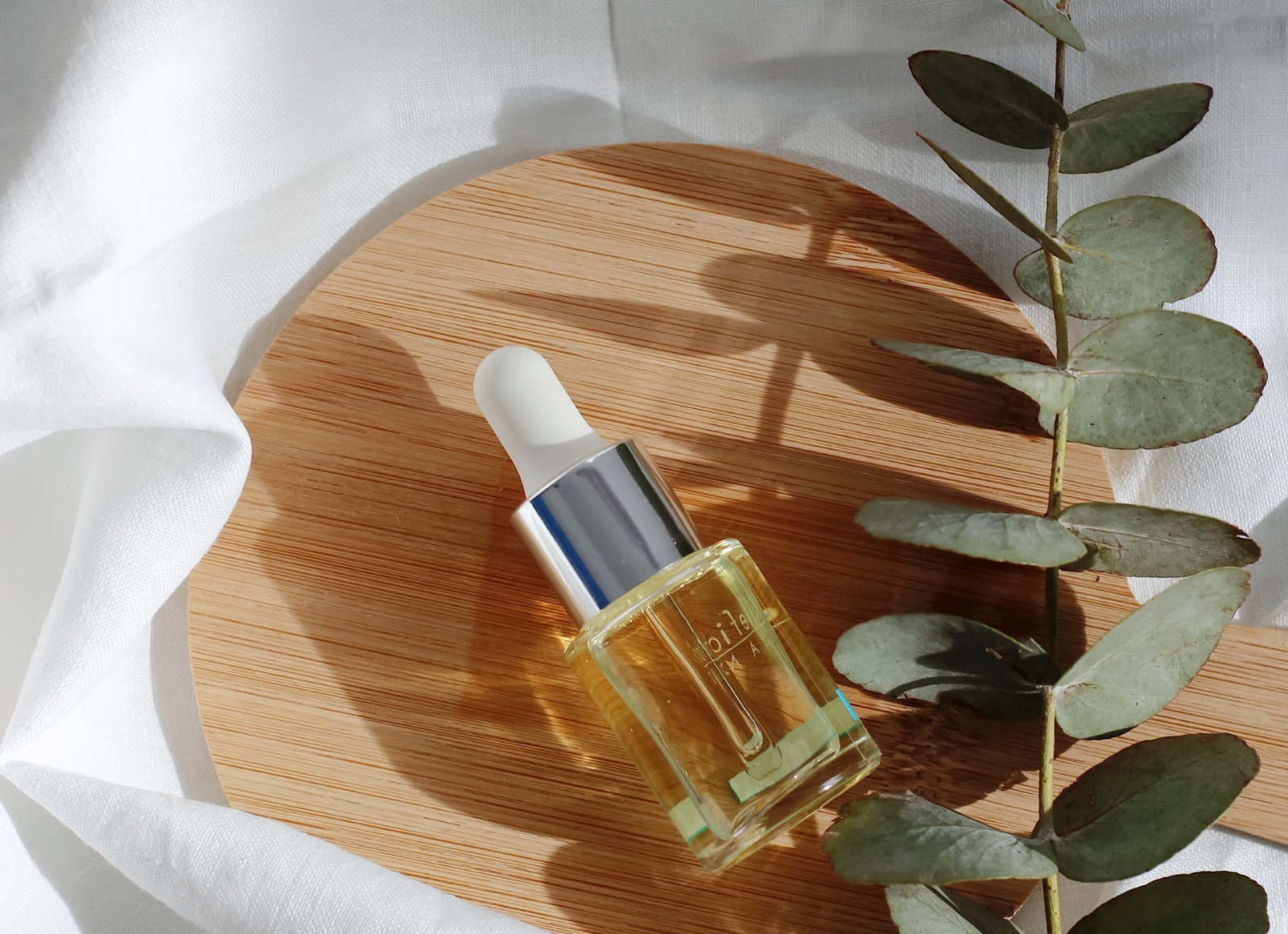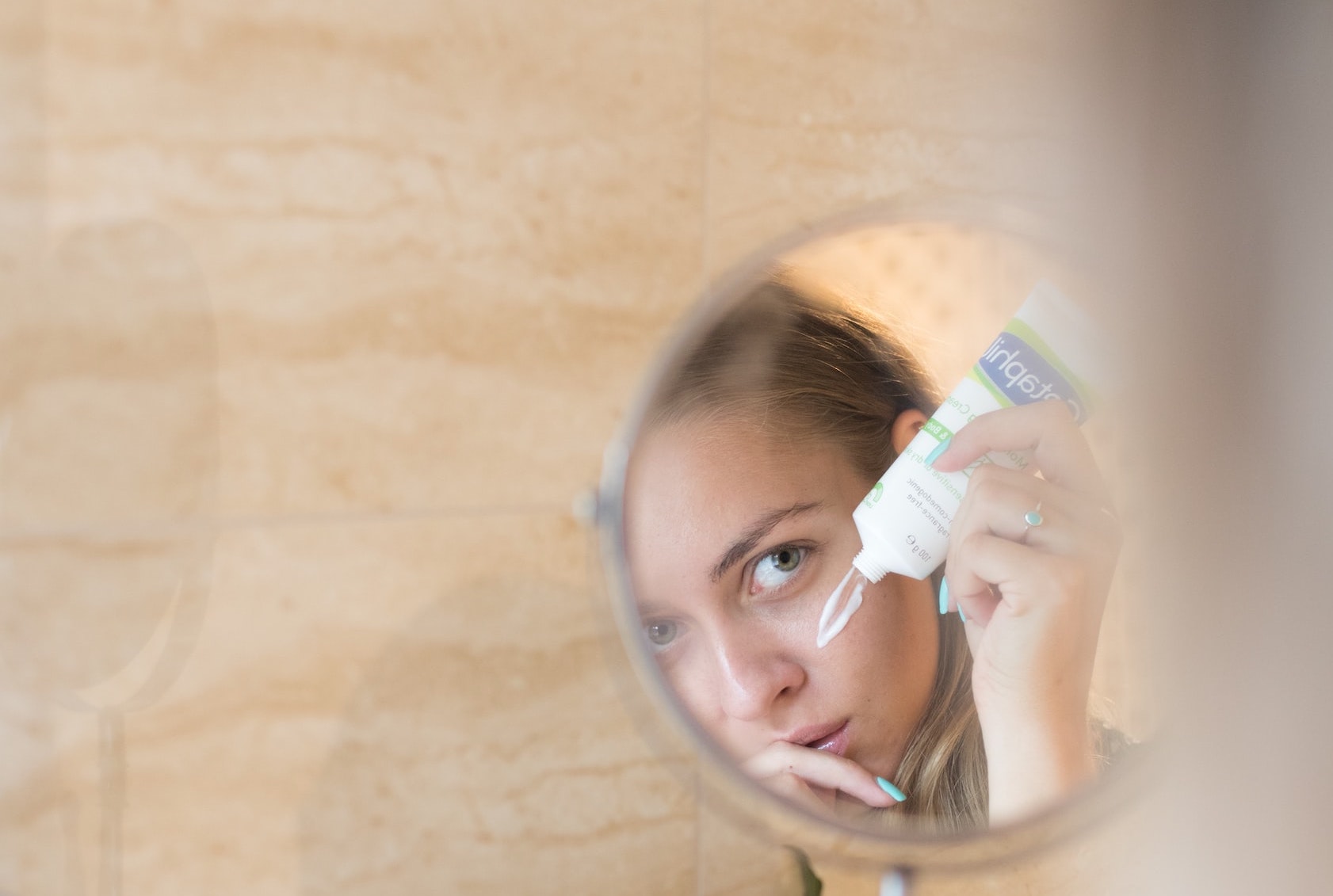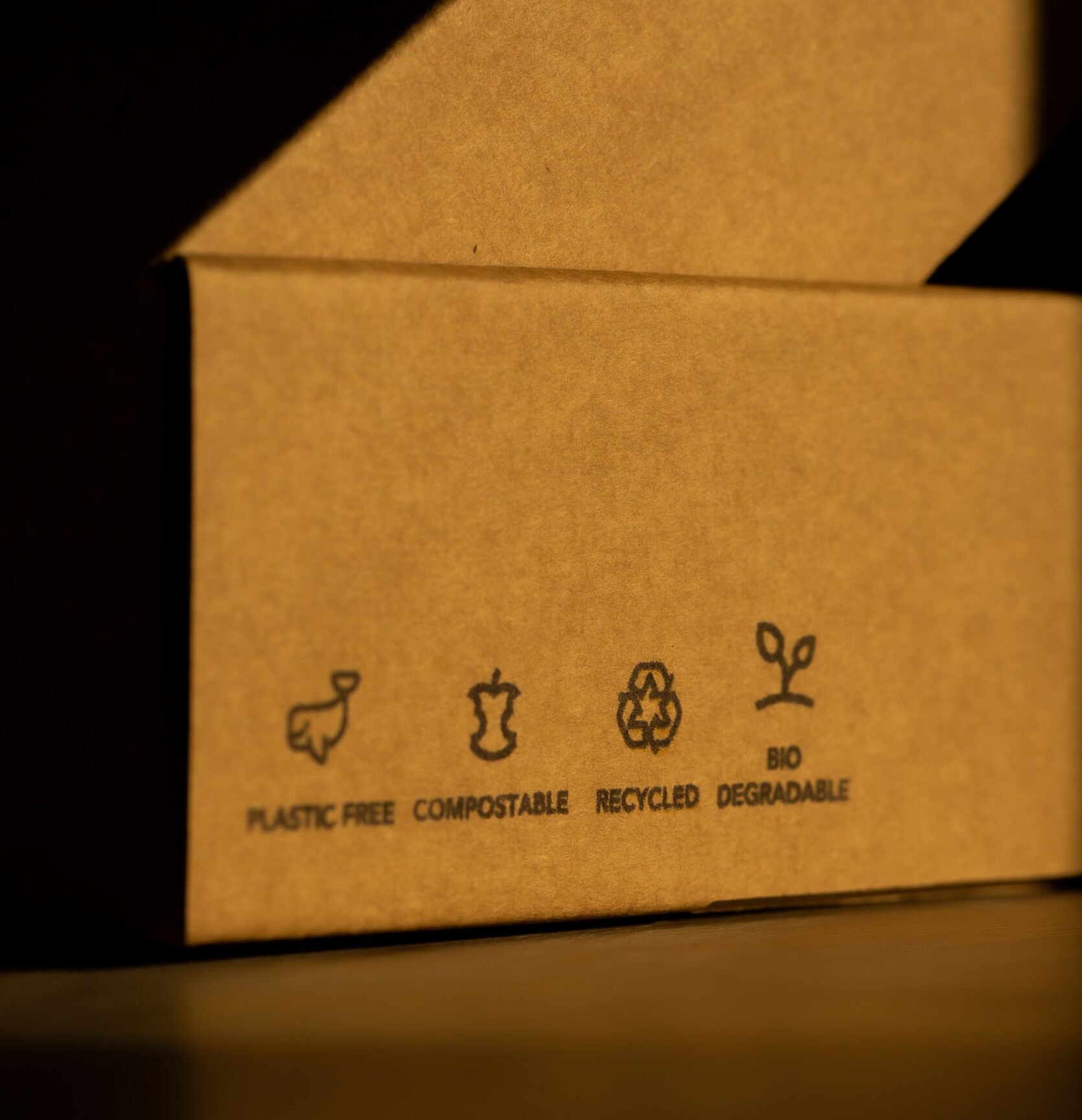The European Commission has requested the Scientific Committee on Consumer Safety (SCCS) to assess the safety of Benzophenone-4 (CAS No.4065-45-6, EC No. 223-772-2). The SCCS approved this mandate by written procedure on 17 April 2023, and the Committee has now nine months to deliver its Opinion.
Background
On 7 November 2018, the European Commission adopted the review of Regulation (EC) No 1223/2009 on cosmetic products regarding substances with endocrine-disrupting (ED) properties.
In this review, the European Commission commited to establishing a priority list of potential EDs not already covered by bans or restrictions in the Cosmetics Regulation for their subsequent safety assessment. A priority list of 28 potential EDs in cosmetics was consolidated in early 2019 based on input provided through stakeholder consultation. The Commission carried out a public call for data in 2019 for 14 substances (Group A) and a second call in 2021 for 10 substances (Group B) in preparation for the safety assessment of these substances.
Benzophenone-4 (CAS No. 4065-45-6, EC No. 223-772-2) is one of the above-mentioned substances for which the call for data took place.
Benzophenone-4 with the chemical name ‘2-Hydroxy4-methoxybenzophenone-5-sulphonic acid’ is currently regulated as a UV-filter in sunscreen products in a concentration up to 5% (Annex VI/22). Benzophenone-4 absorbs UV light across a broad range of UV wavelengths and, therefore, protects the skin from damage by UVB and UVA light. In addition, Benzophenone-4 is also reported with the functions of UV-stabiliser and UV-absorber protecting cosmetic formulations against sunlight.
Benzophenone-4 has been subject to a safety evaluation by SCCNFP in 1999, where the committee concluded that ‘2-Hydroxy-4-methoxybenzophenone-5-sulphonic acid can be used safely in cosmetic sunscreen formulations at a maximum concentration of 5%, expressed as acid’ and proposed no further restrictions or conditions for its use in cosmetic products.
Questions to be addressed by the SCC
The European Commission requested the SCCS to carry out a safety assessment on Benzophenone-4 in view of the information provided.
- In light of the data provided and taking under consideration the concerns related to the potentially endocrine disrupting properties of Benzophenone-4, does the SCCS consider Benzophenone-4 safe when used as UV-filter in cosmetic products up to a maximum concentration of 5%?
- Alternatively, what is according to the SCCS the maximum concentration considered safe for use of Benzophenone-4 in cosmetic products?
- Does the SCCS have any further scientific concerns with regard to the use of Benzophenone-4 in cosmetic products?
References:






